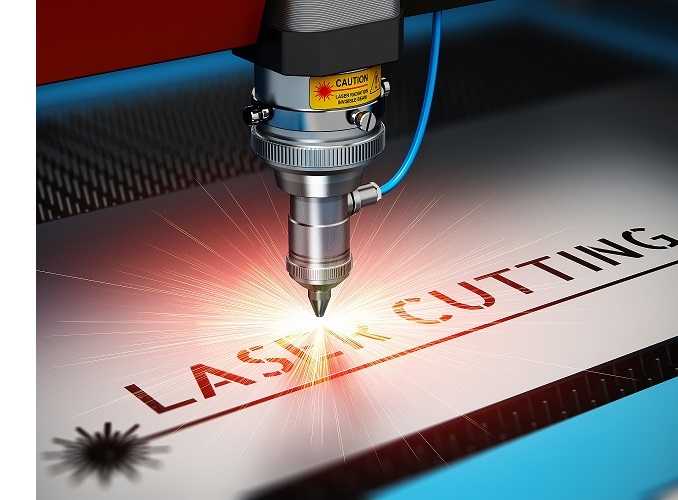The flow of raw materials and cut parts strongly impacts the productivity of laser cutting machines and factory organisation. This raises the question of storage automation, both for the supply of sheet metal and the management of machined products.
Metal-Interface takes great care to protect your privacy: when you submit a request or ask a question, your personal information is passed on to the supplier concerned or, if necessary, to one of its regional managers or distributors, who will be able to provide you with a direct response. Consult our Privacy Policy to find out more about how and why we process your data, and your rights in relation to this information. By continuing to browse our site, you accept our terms and conditions of use.
The flow of raw materials and cut parts strongly impacts the productivity of laser cutting machines and factory organisation. This raises the question of storage automation, both for the supply of sheet metal and the management of machined products.
The cutting speed of laser machines has increased considerably in recent years, resulting in a higher volume of parts that can be cut. In addition to this, the launch quantities are becoming smaller and smaller, which means there is a wide variety of materials/thickness to manage.
Nitrogen or oxygen gas is essential for operating CO2 or fibre laser cutting machines. So how do you make the right choice when it comes to the gas, purity, cylinder or tank storage, procurement, network installation and gas generator?
In this article, discover the 4 aspects to take into account when choosing a laser cutting machine: the specifications, the productivity of the machine, the flexibility and the evaluation of the operating cost.



Laser cutting developments over the last decade have led to a significant increase in machine cutting speed. Fibre laser machines therefore have the capacity to handle large volumes of cut parts, particularly for metal sheets of thin and medium thickness.
The challenge for manufacturers today is to have an overall vision of their industrial process, for smooth and coherent management upstream and downstream of the laser machine.
With this in mind, Metal-Interface.com has compiled a series of 6 articles providing a 360° overview of this technology.
Click here to follow our LinkedIn page and we’ll let you know in real time whenever a new technical article is released!
Discover Metal-Interface’s methodology for choosing a laser cutting machine, taking 4 aspects into account: specifications, machine productivity, flexibility, and the assessment of operating costs.
How to make the right choice: gas, purity, cylinder or tank storage, supply, network installation, gas generator and compressed air?
What automation solutions are available? What aspects should you consider when making a decision?
Does the operating flow of raw materials and produced parts ensure that the laser machine is used optimally in relation to its production capacity and to feed the downstream stations?
Laser programme security, nesting, automation and flexibility are all aspects to be explored when choosing a CAM (computer-aided manufacturing) solution. It is also important to consider other software components for an global view of the process: quotes, CAD, MES, etc.
How to limit the impact of the film when cutting.
During our last major survey, a majority of manufacturers or sub-contractors expressed an interest in laser cutting and its automation. Some also mentioned the constraints that they had encountered.
Metal-Interface therefore decided to interview the main manufacturers, software publishers and consumable producers in the laser field. Their technical contribution to this report was essential and we would like to thank each of them for their availability while putting together this report.

*survey conducted in November 2020 alongside 2124 manufacturers
Within this context, how can you move away from the constraints of nitrogen and oxygen supply management? How can you reduce the operating costs of cutting machines by reducing the cost of gas? How can you limit the environmental impact of gas supply?
Autumn is bringing in the new. Bystronic offers its customers solutions that make them even more competitive: From stand-alone laser cutting systems or pressbrakes, through automation solutions, all the way to a complete Smart Factory, “World Class Manufacturing” for every sheet metal processing enterprise.
Welding is the most used and best known way to assemble parts. Welding is also validated and certified for the assembly of large equipment undergoing vibratory and physical constraints.
Sheet metal assemblies can include different shaped tubes and profiles: round, rectangular, square, “L” or “U” shaped, flat or special profiles/tubes. A lot of industries therefore use tubes and profiles, such as furniture, transport, building, agriculture, medical, energy, etc.
Discover how to subcontract the production of parts in the building industry: railings, façades, cladding, decorative sheet metal work, etc. Focusing on 2 important aspects: the cutting and straightening of cladding and decorative parts for the construction industry.